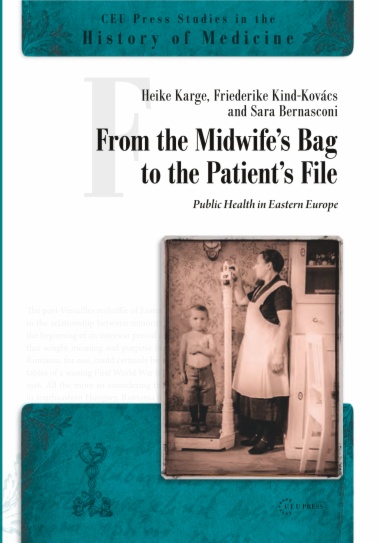This volume offers an analysis of the intertwined relationship between public health and the biopolitical dimensions of state- and nation building in Central, Eastern and Southeastern Europe. It challenges the idea of diverging paths towards modernity of Europe’s western and eastern countries by not only identifying ideas, discourses and practices of “solving” public health issues that were shared among political regimes in the region; it also uncovers the ways in which, since the late nineteenth century, the biopolitical organization of the state both originated from and shaped an emerging common European framework. The broad range of local case studies stretches from Bosnia and Herzegovina, Czechoslovakia, the GDR, Greece and Hungary, to Poland, Serbia, the Soviet Union, and Yugoslavia. Taking a time span that begins in the late nineteenth century and ends in the post-socialist era, the book makes an original contribution to scholarship examining the relationship between public health, medicine, and state- and nation building in Europe’s long twentieth century. Close readings and dense descriptions of local discourses and practices of “public” health help to reflect on the transnational and global entanglements in the sphere of public health. In doing so, this volume facilitates comparisons on the regional, European, and global level.
- Cover
- Series title page
- Title page
- Copyright page
- TABLE OF CONTENTS
- List of Figures
- Acknowledgments
- INTRODUCTION: From the Midwife’s Bag to the Patient’s File: Public Health in Eastern Europe
- PART I. Medical Agents and Modern State Building
- Chapter I Moving Backward Toward Modernity: The Role of the Medical Council in the Organization of Public Health in Greece, 1834–1924
- Chapter II Creating the “Railway Population”: Public Health and Statistics in Late Imperial Russia
- Chapter III Mastering Troubling Borders: The Ambivalence of Medical Modernization in the Prussian Province of Posen
- Chapter IV The Material Side of Modernity: The Midwife’s Bag in Bosnia and Herzegovina around the Turn of the Century
- PART II. Public Health After Europe’s World Wars
- Chapter V Who Belongs to the Healthy Body of the Nation? Health and National Integration in Poland and the Polish Army after the First World War
- Chapter VI Transatlantic Humanitarianism: Jewish Child Relief in Budapest after the Great War
- Chapter VII The Bodily Disabled as a Poster Boy-Veteran: War Invalids in the Soviet Union after the Second World War
- Chapter VIII Afflicted Heroes: The Rise and Fall of Yugoslav War Neurosis after the Second World War
- PART III. Regulating Societies After 1945: State-Socialist Policies and Legacies
- Chapter IX Politics and Family Conflicts through the Psychiatric Lens: East Berlin’s Charité in the early GDR
- Chapter X Turning Women into Alcoholics: The Politics of Alcohol in Late Socialist Czechoslovakia
- Chapter XI “The Gypsy Population Is Constantly Growing”: Roma and the Politics of Reproduction in Cold War Hungary
- Chapter XII Underimplementing the Law: Social Work, Bureaucratic Error, and the Politics of Distribution in Postsocialist Serbia
- Collective Bibliography
- List of Contributors
- Index
- back cover

